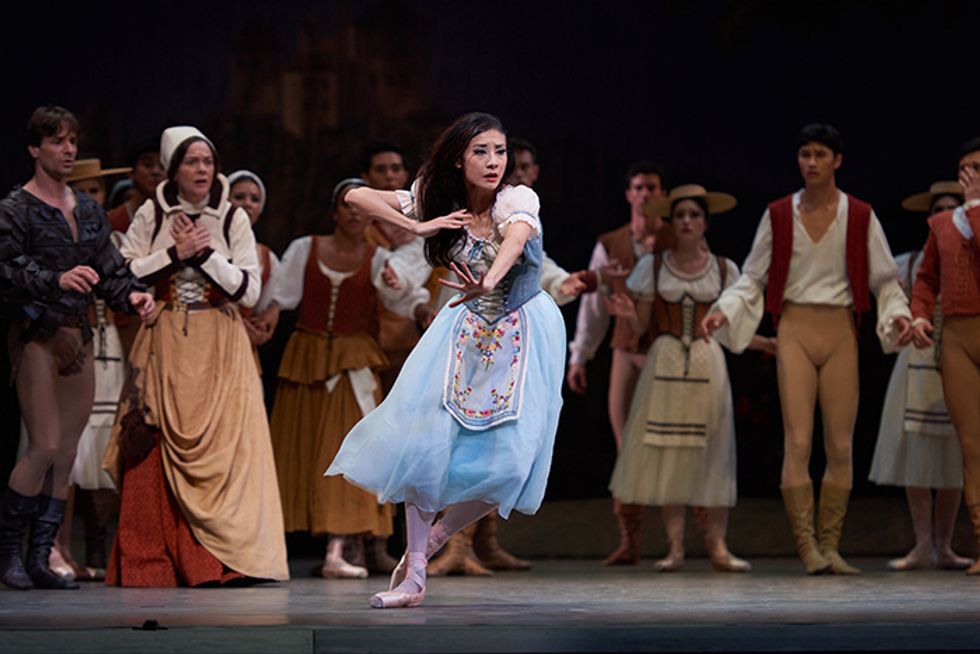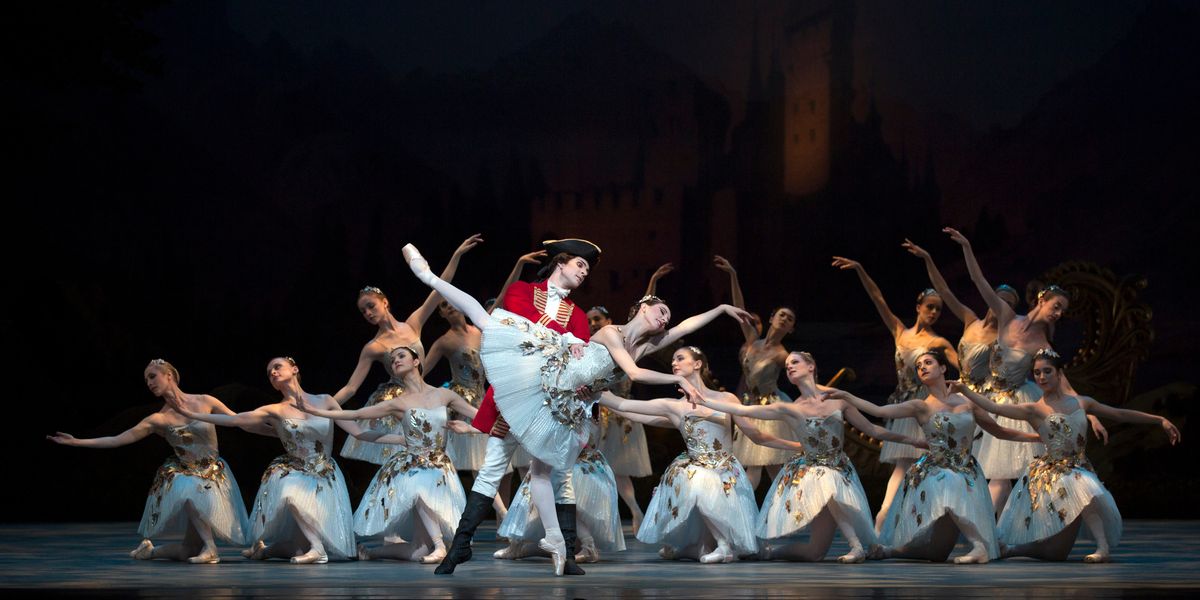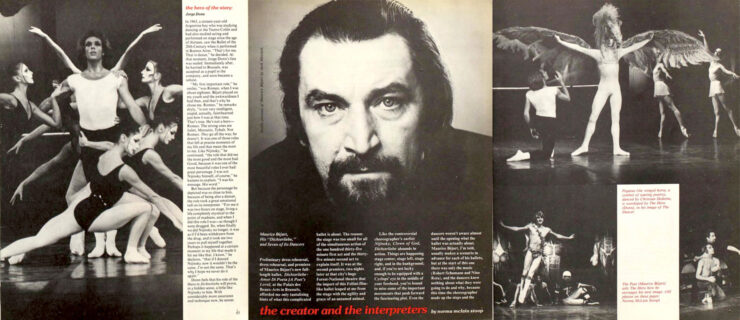How to Become Any Character, According to Isabella Boylston's Acting Coach
When conveying a story onstage, certain roles come more easily than others. Some dancers naturally possess the regality of the Lilac Fairy, others the attack of Kitri. Some take on the naïve Aurora with ease, but have trouble with Myrtha’s complexity. Tackling a role that’s outside your character wheelhouse can be tricky—especially since ballet’s princesses, creatures and sylphs can be hard to relate to.
But luckily, just like your technique, you can strengthen your acting chops. American Ballet Theatre’s go-to acting coach Byam Stevens, who’s worked with everyone from Kevin McKenzie to Isabella Boylston, shares how he helps dancers connect with a character.

ABT’s Sarah Lane as Aurora. PC Rosalie O’Connor
Know the difference between plot and story.
“I’ll ask dancers, ‘What’s the story?’ and they’ll often say something like, ‘Well, there’s this prince and it’s his 18th birthday…’ ” says Stevens. “That’s not a story, that’s a plot.” The story is the relationship of the characters and their functions within the ballet. Read the libretto to learn the true character arc.
Embody your character through the steps.
Stevens says that many dancers focus on how a character’s emotions might translate to facial expressions, but forget what they mean for the choreography. “Steps are the vocabulary, and they’re neutral. You have to add the meaning,” he says. A tendu is nothing but a tendu unless you connect it to what your character is experiencing.
Focus on actions, not emotions.
“Acting isn’t about what you feel, it’s about what you do. Verbs, not adjectives,” says Stevens. Look for the actions: What are you doing to make him love you? What are you doing to make her go away? What are you doing to make him understand you?
Realize what your character isn’t.

Yuan Yuan Tan as Giselle. PC Erik Tomasson, Courtesy SFB
“What your character is blind to tells you a lot about who you are and what you’re doing,” says Stevens. For instance, Giselle seems naïve. Why can’t she see that Albrecht is deceiving her? Or is it that she chooses not to see it? Either version can feed into character development. Answering these questions in a way that feels true to you will help you develop a unique interpretation.
Lead with your impulse.
Dancers tend to react solely with the choreographed steps rather than expressing the impetus behind them, says Stevens. Terror might bubble up from your shoulders, grief from your gut, joy from your chest. However, part of acting is not knowing what’s coming. You can’t anticipate what’s going to happen—you have to witness it and then react to it.
Visualize your performance.
Stevens encourages dancers to take a moment to themselves before taking the stage. Find a quiet room and visualize your way through the perfect performance. This won’t just help you tackle the character, but also the ballet’s trickiest steps. “You have to think of yourself as an actor, and the steps are your lines,” he says.




